News
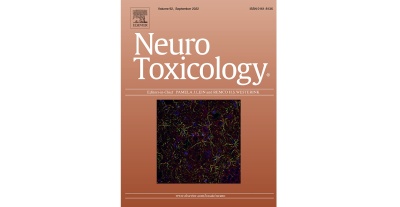
Scientific Articles 24-09-2022
Posted on 27-09-2022
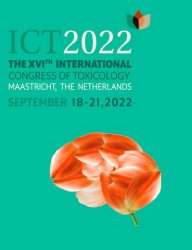
An important delegation of TecnaTox researchers, including Jordina Balaguer, Saurav Kumar, Òscar Sabuz, as well as Dr. Deepika, attended the XVIth International Congress of Toxicology, which was held in the city of Maastricht, the Netherlands, from September 18 to 21, 2022. These researchers presented a number of posters focused on the following areas:
1) Artificial intelligence for predicting BBB permeation
2) In-vitro gut-brain axis along with microbiota for Neurotoxicity
3) In-vitro gut-immune axis along with microbiota for Immunotoxicity
4) Development of PBPK model for organophosphate flame retardant for Neurotoxicity in infants
A PDF copy of the posers presented in the conference can be download here.
Posted on 27-09-2022
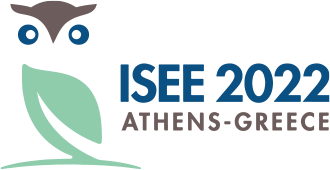
The 34th Annual Conference of the International Society for Environmental Epidemiology / ISEE 2022 took place in September 18-21, 2022, in Athens (Greece). TecnATox was represented by Dr. Montse Marquès, who presented a communication entitled Endocrine disruptors and gestational diabetes mellitus: A pilot study of INSULIN cohort (Catalonia, Spain).
Posted on 27-09-2022
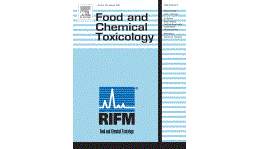
Scientific Articles 13-09-2022
Posted on 19-09-2022
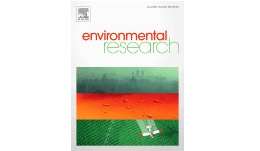
In 2021, Prof. Domingo performed a review of the scientific literature on the origin of SARS-CoV-2 in Environmental Research. One year after, because of the important advances on the knowledge of this virus, he has published an updated review in Environmental Research.
According to the results of the review, the origin of SARS-CoV-2 cannot be not established yet, although most papers point out to a zoonotic origin of this coronavirus. In any case, the hypothesis of an unnatural origin of SARS-CoV-2 cannot be yet scientifically discarded. Imoprtantly, most of the available papers on the origin of SARC-CoV-2 are not experimental studies.
Bibliographic details on this publication can be found below:
Scientific Articles 15-09-2022
Posted on 15-09-2022
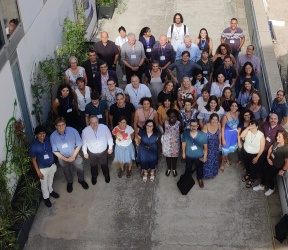
Experts from all over Europe in research in the fields of toxicology and the environment have gathered in Tarragona to work together within the framework of the European Partnership for the Assessment of Risks from Chemicals (PARC) project, which aims to study the impact that the chemicals present in our environment have on people’s health and to urge governments to improve their regulation.
Chemistry is present in our everyday life (in food, packaging, electronics, clothes…) and also in the air we breathe. It is essential, but so is ensuring that these products are safe for our health and the environment. The TecnATox research group of the Institut d’Investigació Sanitària Pere Virgili (IISPV-CERCA) and the Rovira i Virgili University (URV) has been conducting research in the field of toxicology and the environment for more than 3 decades and it is a reference in Spain.
The European Partnership for the Assessment of Risks from Chemicals (PARC) project is coordinated by the Agence Nationale de Sécurité Sanitaire (ANSES) and nearly 200 key institutions work together in the field of research throughout Europe. In Spain, the Pere Virgili Health Research Institute, which participates in the study as an affiliated entity of the Instituto de Salud Carlos III (ISCIII), is the one that has received the most funds from the European Commission (organization responsible for financing).
PARC is part of the Horizon Europe program, which aims to achieve a scientific, technological, economic and social impact of the European Union’s investments in the field of R&D.
Posted on 14-09-2022





